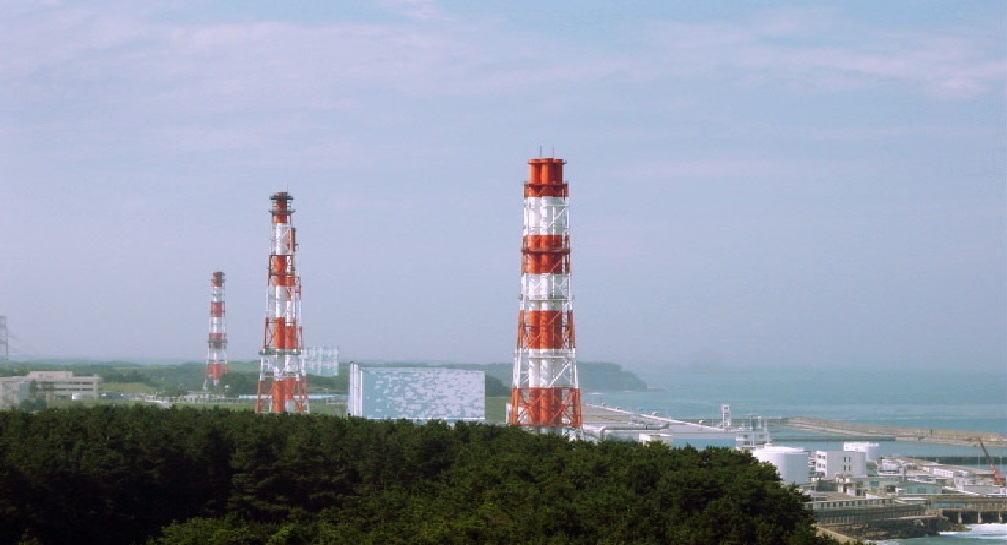Fukushima, the Blob and the rise of dead marine life
07/30/2015 / By Greg White

The carcasses of three more marine mammals washed up on the shore of of San Francisco beaches July 7, 2015. No one is sure what killed the sea creatures; however, the massive amounts of radiation leaking into the ocean from the Fukushima power plant over the past four years may bear some responsibility.
Joey DeRuy was walking along the beach Monday when he stumbled across a dead sea lion. Unperturbed, he kept walking until he came across an even bigger dead elephant seal just minutes later.
By the end of the day, there were three dead sea creatures lying on San Francisco’s coast: a dolphin, a sea lion pup and an elephant seal.
National Park Service lifeguards tried to dispose of the dolphin, but they weren’t quite sure how to handle the mammal. They lifted the dead dolphin into a truck, but it was so large that its tail was hanging halfway out the truck’s bed.
Alarming rise in dead marine life since Fukushima disaster
This isn’t the first time the Grim Reaper has visited the shores of San Francisco’s coast. Approximately six dead whales have washed onto Bay Area shores within a five-week period this year. In addition, for the past four years, an alarming number of starved sea lion pups have littered Southern California’s shores. The National Oceanic and Atmospheric Administration (NOAA) described these stranding as an “Unusual Mortality Event,” and animal shelters have reached critical capacity.
All of these events just so happen to coincide with the Fukushima disaster four years ago: A tsunami sent ripples throughout the world as it slammed against Japan’s Tohoku coast, destroying three nuclear reactors in all. Since then, untold amounts of radiation have been leaking into the ocean and contaminating sea life.
It’s not exactly news that sea life has been dying off at an exponential rate since the Fukushima disaster. Scientists have been tracking life on the ocean floor 145 miles out from California’s coast for 24 years. According to a study published in the Proceedings of the National Academy of Sciences, in early March 2012, organic matter from salp, a marine organism, covered less than 1 percent of the ocean floor, but by July 1, 98 percent of the ocean floor was covered with salp detritus. This unprecedented explosion in dead organic matter was the “highest sea-floor coverage by detrital aggregates” in the entire 24-year span of research.
The mainstream media has been suspiciously quiet when it comes to linking these abnormal events to the Fukushima disaster. National Geographic covered the study that reported on the alarming amounts of sea snot, without once mentioning Fukushima as a possible cause for the rise of dead marine life.
Massive warm body of water known as “the Blob” discovered
Sea temperatures have been on the rise in the past few years. In late 2013, a warm body of water known infamously as “the blob” was discovered, stretching 1,000 miles in diameter and 300 feet deep from the Gulf of Alaska to Baja California. The mainstream media has alluded to global warming as the culprit behind the blob.
The problem is that global warming is a gradual process that does not explain how the amount of dead organic matter exploded in just a few short months. The mainstream media has neglected to mention Fukushima as a possible cause for the mysterious blob, which occurred in conjunction with the Fukushima disaster. Something smells fishy other than the fish.
The rise in dead sea life seems removed from the concerns of everyday affairs, especially for people who do not live on the coast. Nevertheless, it is important to recognize that we too are dependent upon the web of nature, and disrupting that web at its most basic level has rippling effects that extend to fish, marine mammals and humans.
Since no federal agency samples Pacific Coast seawater for radiation, a citizen-funded program has been assembled to monitor isotope levels on California’s coast. You can help fund the program by visiting OurRadioactiveOcean.org.
Sources include:
http://ourradioactiveocean.org
http://www.mostholyfamilymonastery.com
Submit a correction >>
Tagged Under:
blob, dead marine life, radiation, unusal mortality event
This article may contain statements that reflect the opinion of the author
RECENT NEWS & ARTICLES
COPYRIGHT © 2017 FUKUSHIMAWATCH.COM
All content posted on this site is protected under Free Speech. FukushimaWatch.com is not responsible for content written by contributing authors. The information on this site is provided for educational and entertainment purposes only. It is not intended as a substitute for professional advice of any kind. FukushimaWatch.com assumes no responsibility for the use or misuse of this material. All trademarks, registered trademarks and service marks mentioned on this site are the property of their respective owners.




















